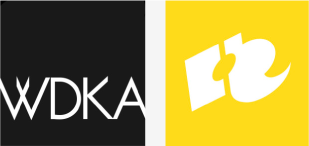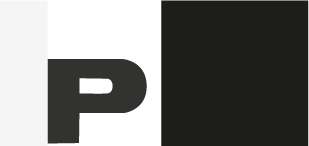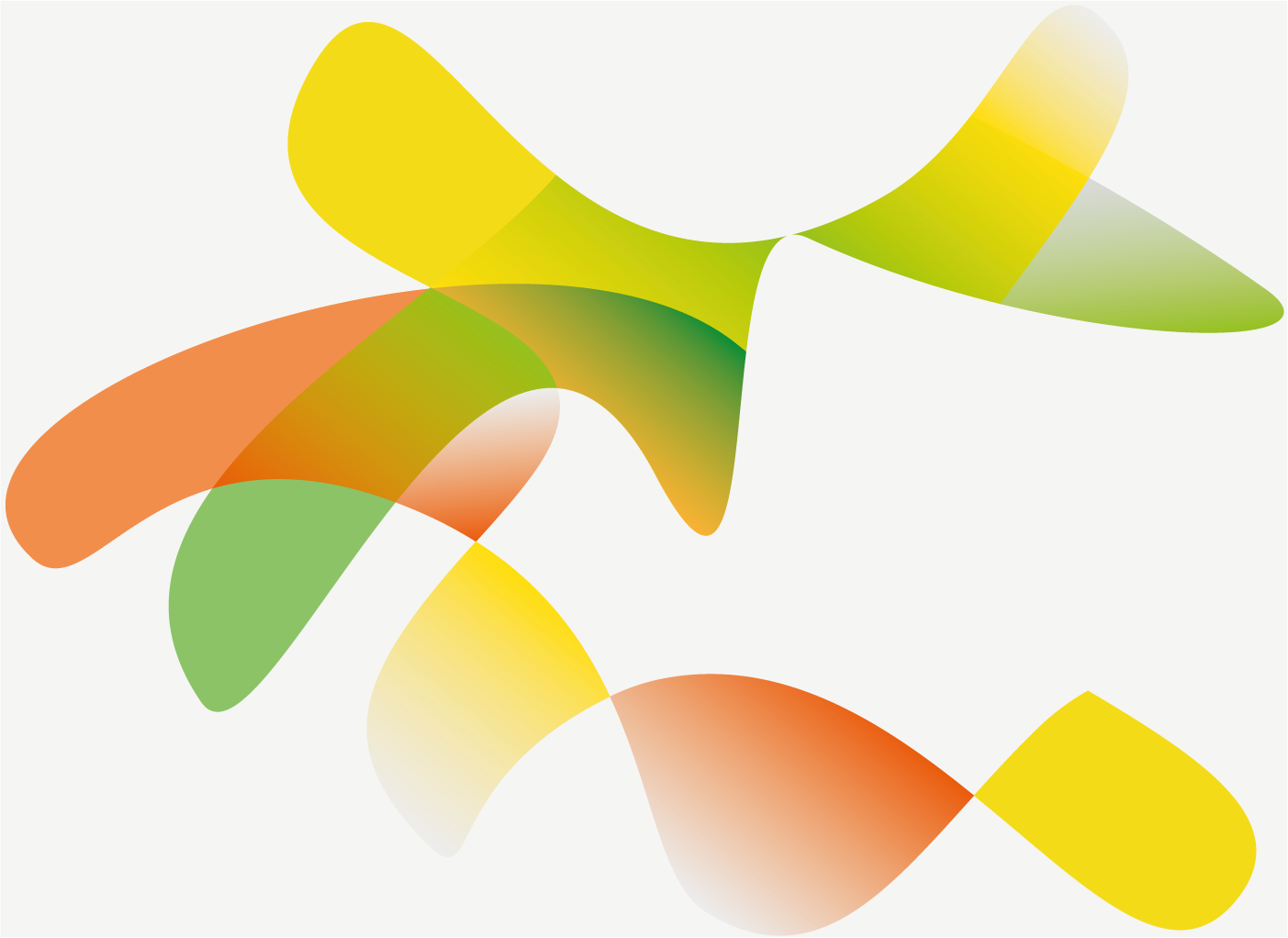The design research
What if 10 years from now a robot would be performing surgery on you, what would you want it to look like?
This is one of the questions Barend used to spark conversation within a team of designers working on a science fiction film.
Barend works as a visual effects designer and animator for film and television. Over time, the projects he worked on have gradually grown in complexity and scale. He built a network of freelancers that he can delegates work to, but the collaboration has predominantly been very linear: he would brief the team members on what he needed, and after some back and forth he received the end result.
There are a couple of reasons why he wanted to move away from this hierarchical pattern: first is that this way of approaching team members is not making optimal use of the specific talents and skills of the team members. He is merely asking them to do what he would have done himself if he had the time. A second reason is that this hierarchical model does not scale well: since all communication flows through him, when the team grows he needs to spend all his time being the conduit between the director and the team member. This is a scary thought when he really wants to be working hands-on.
How can I as an individualist maker design and organize collaboration that respects individual makership (authorship, style, way of working) within a shared design vision? Like a jazz-band, not an orchestra.
This question is a two-headed monster in that it looks for the bridge between the hyper-individual (the personal fingerprint), and the group. The sense of authorship, and the team.
The research thus followed these two trails, and in his various practical efforts he attempted to bring those together.
PRACTICAL EXPERIMENTS
He used a real-world design process for a science-fiction film as a context to organize various experiments with a small team of collaborators. In a series of small workshops he experimented with developing a shared design vision collaboratively while fostering a strong individual sense of ownership and authorship within the individual team members.
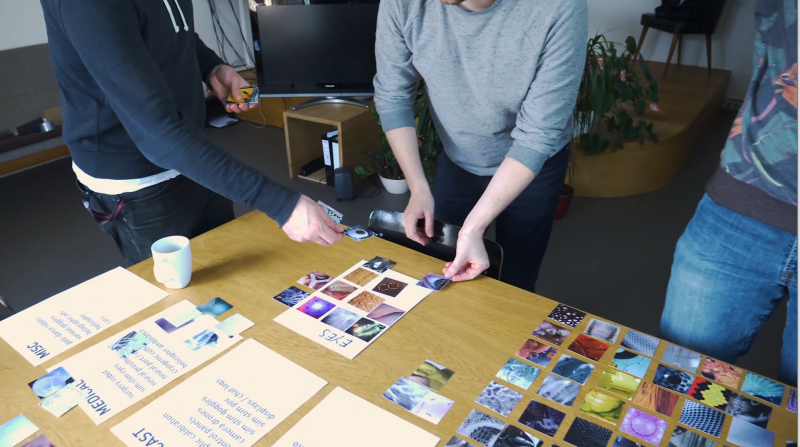
In this process he became more conscious of the different roles and attitudes required during the different phases: as a designer of the methods used, as a facilitator and team member during the sessions and as a curator of the results from the sessions.
PUBLICATION
He documented and reflected upon the design research in a video essay – connecting his personal experiences and observations to the work of for instance Richard Sennett about craftsmanship, Francois Truffaut on authorship, and Mark de Rond and Ron Boschma on psychology and group dynamics.
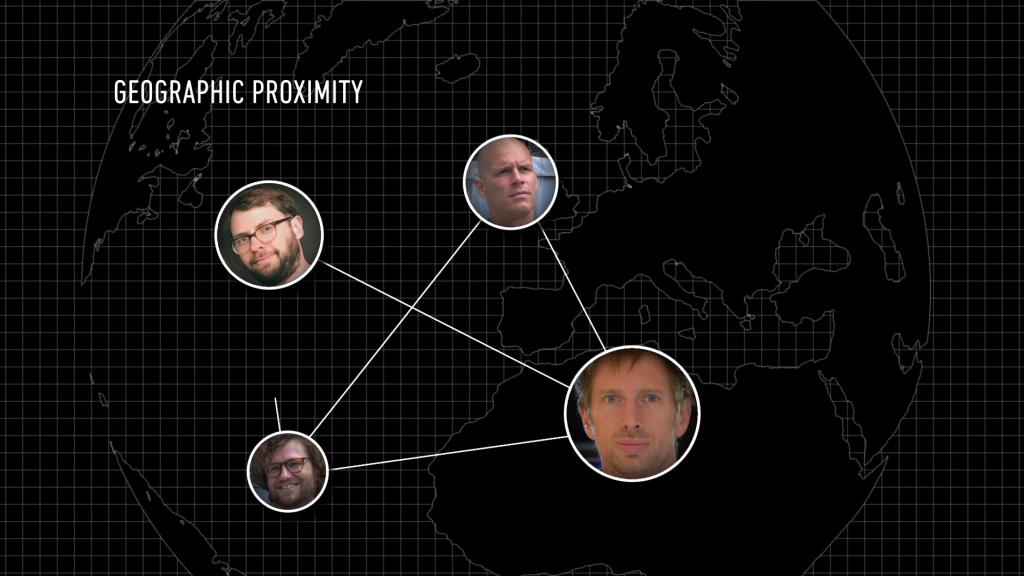
The new practices
From these sessions he gained a lot of insights into how he can design methods to develop trust within a safe environment, and reinforce the sense of individual ownership within teammembers during a collaborative design process. He is putting these insights to use in his work in small teams – and although the methods and tools he has been developing are far from a one-size-fits-all resource it is becoming clear that there is a much wider interest in these ideas than he maybe expected.
Apart from his work in cinema he has been introducing many of these insights in his teaching practice – stimulating interaction and exchange between students.
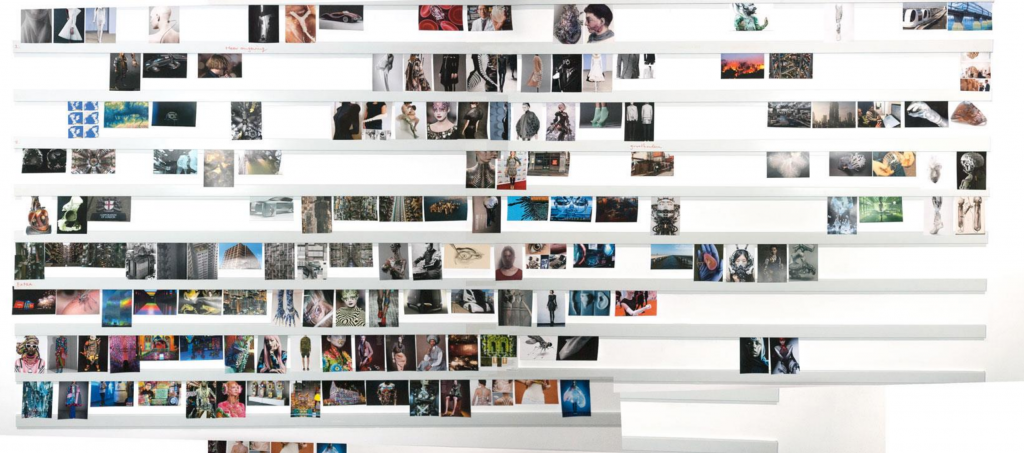
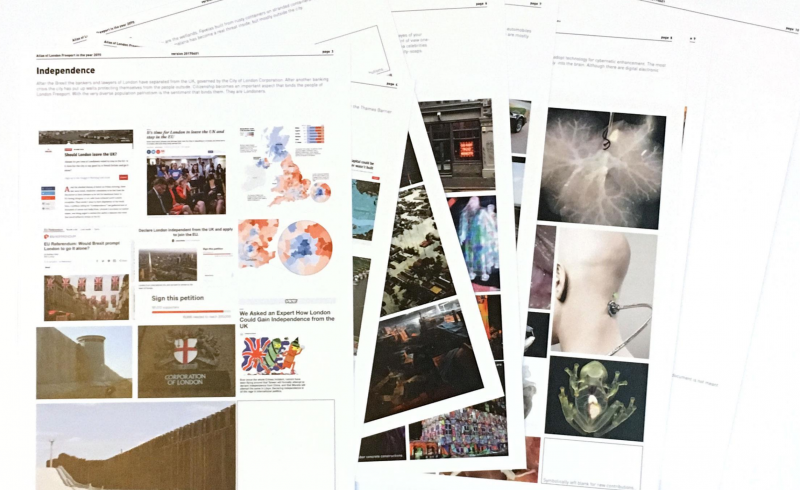
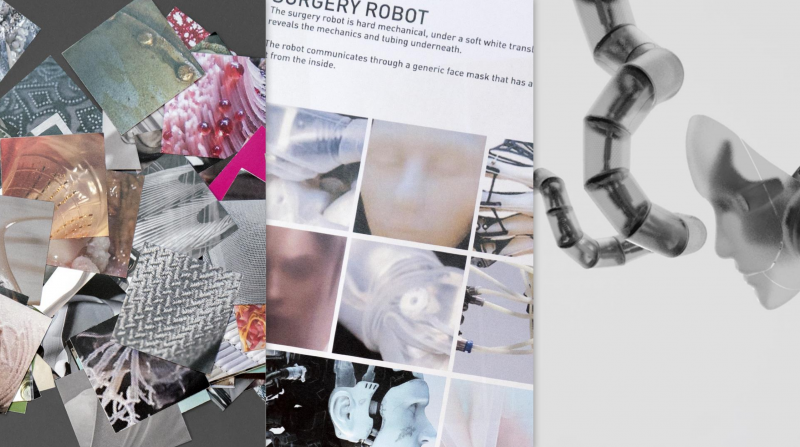
The designer

Barend Onneweer is a visual effects designer and colourist for film and television, a teacher and all-round tinkerer.
Barend runs the film postproduction studio Raamw3rk, and teaches part time at the Master Lens-based Media and the BA of Animation at the Willem de Kooning Academy in Rotterdam.


